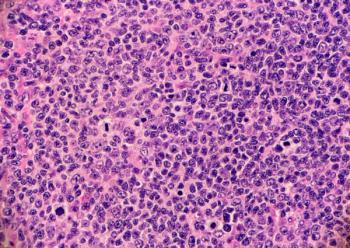
How to Fix the Protocol Complexity Problem
Would you delay protocol approval by two months if it meant your enrollment and retention would improve and, in turn, positively affect your data quality?
Would you delay protocol approval by two months if it meant your enrollment and retention would improve and, in turn, positively affect your data quality?
With all the data and downstream impact of a overly complex or poorly designed protocols in hand, it appears that this phenomenon is taking hold, but hasn’t hit mainstream yet. At CBI’s Clinical Trial Budgeting and Project Management conference earlier this week, sponsors shared both their successes and challenges in reigning in protocol creep.
There is no doubt that everything about protocol design has come under the microscope in the past couple of years. And it came to a head when Tufts CSDD announced its
What this analysis did not directly quantify was the downstream effects of protocol complexity on recruitment and retention. Medidata itself delved into its Insights database to answer that question in this article, however, it did say the metrics used were from different areas of its data warehouse. So it found that there is an increase in protocol complexity and is accompanied by a downward trend in the ratio of enrolled-to-screened patients. However,
It is more than anecdotally correct that putting a patient first in the protocol design,
Merck recently revamped its processes around site start-up—from site contracts to site readiness to how it works with its outsourcers—and reported increases in efficiencies at the conference. These changes started incrementally in 2012 throughout further implementation in 2013, which shows positive outcomes. However, next year should provide more in-depth data.
Merck’s new protocol development process involves an Investigator Scientific Network that includes investigators who are also clinicians. Their input is usually centered on the different points related to standard of care and potentially point out that a procedure would not be necessary in a real-world setting. In addition to this network, Merck has instituted a process of three internal pre-reviews before protocol approval to apply the scientific rigor to a cost process.
Sponsor speakers at the conference noted it really is important to ask the medical officer or scientific lead if that one extra blood draw is necessary during the protocol development stage, and push back if the view is that it is not. Even a lead investigator or outside KOL with experience in the therapeutic area can offer real-world input into a protocol that can also help cut costs.
In site feasibility, it is crucial to go over the protocol from a patient’s journey. In one study described by a speaker from AstraZeneca, it was determined that enrolling in a stroke study in a hospital that potential patients were being missed. In an analysis of the emergency room procedures, it turned out that all stroke patients received oxygen from a nurse prior to the physician. The respiratory nurse was then educated on the protocol and asked to contact the clinical study nurse for potential screening. After that, the patients were no longer missed.
Transparency Life Sciences, which uses an
Newsletter
Stay current in clinical research with Applied Clinical Trials, providing expert insights, regulatory updates, and practical strategies for successful clinical trial design and execution.




